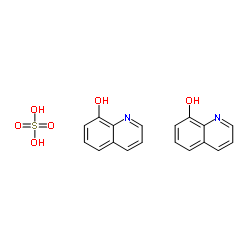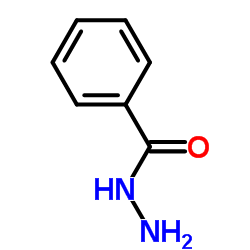| Structure | Name/CAS No. | Articles |
|---|---|---|
 |
8-Hydroxyquinoline hemisulfate
CAS:134-31-6 |
|
 |
8-Hydroxyquinoline
CAS:148-24-3 |
|
 |
Benzohydrazide
CAS:613-94-5 |